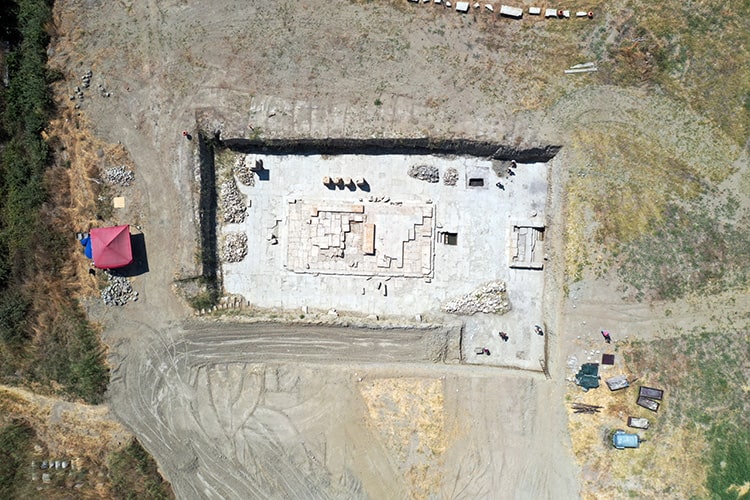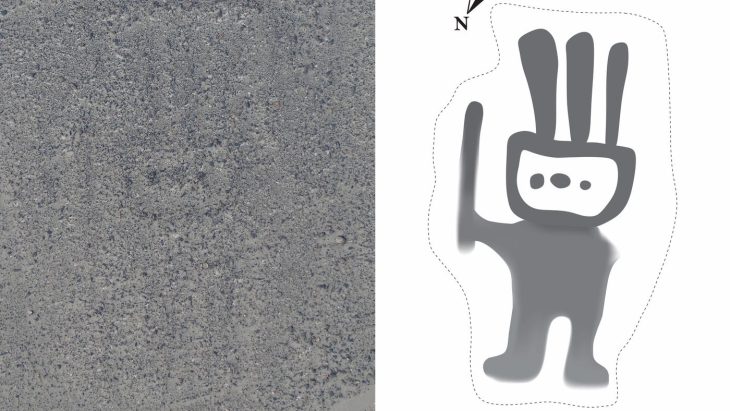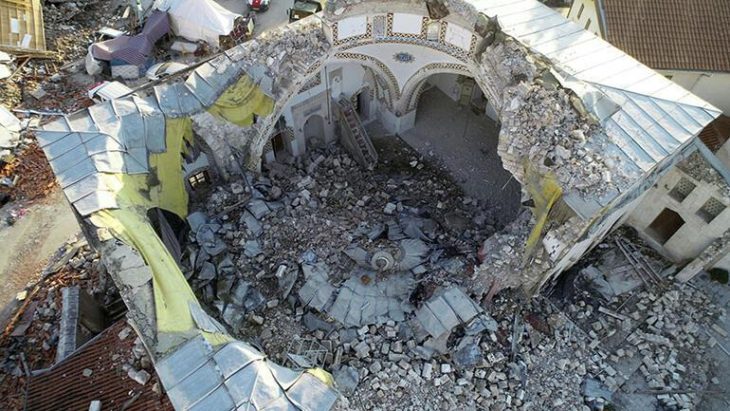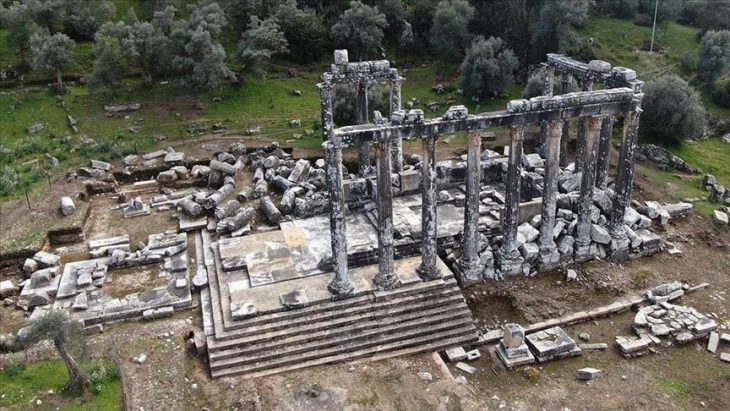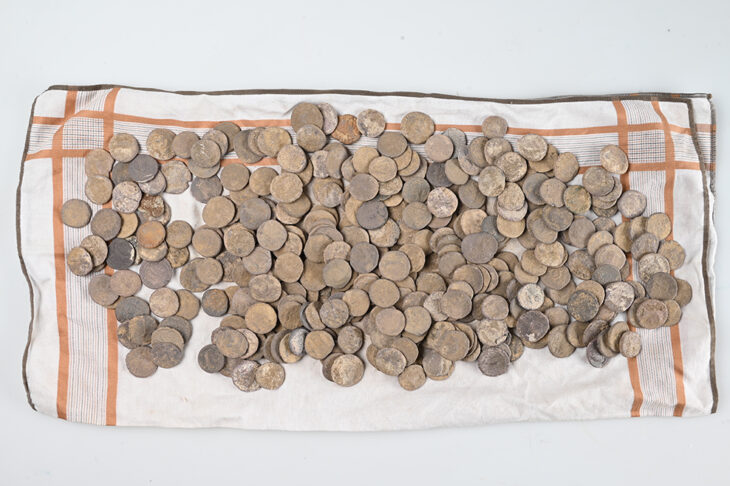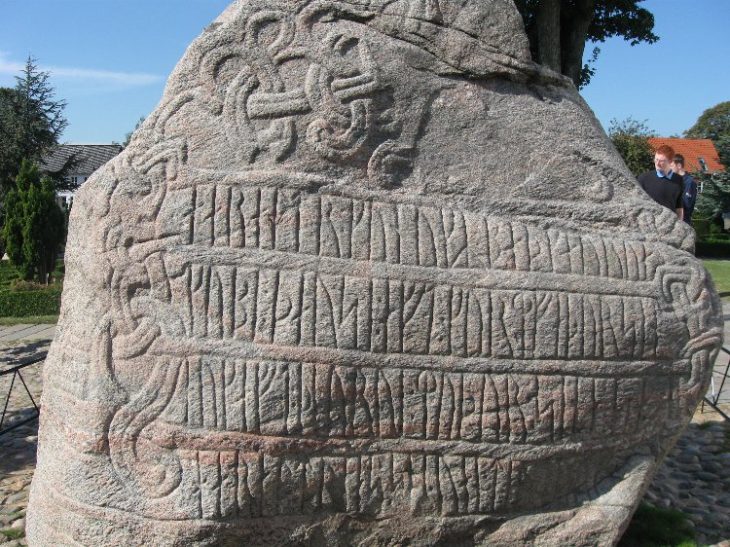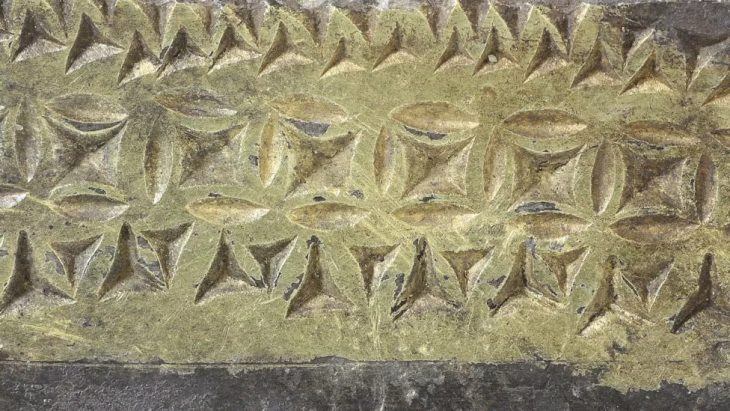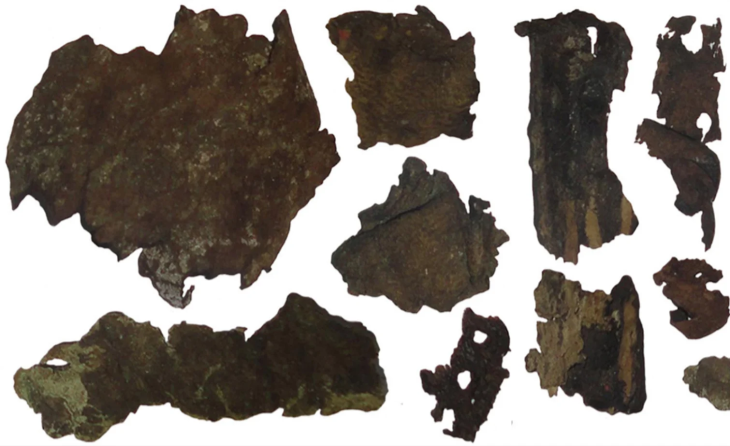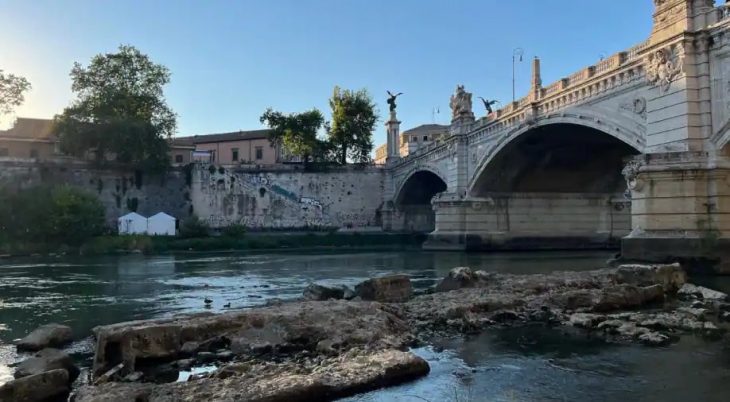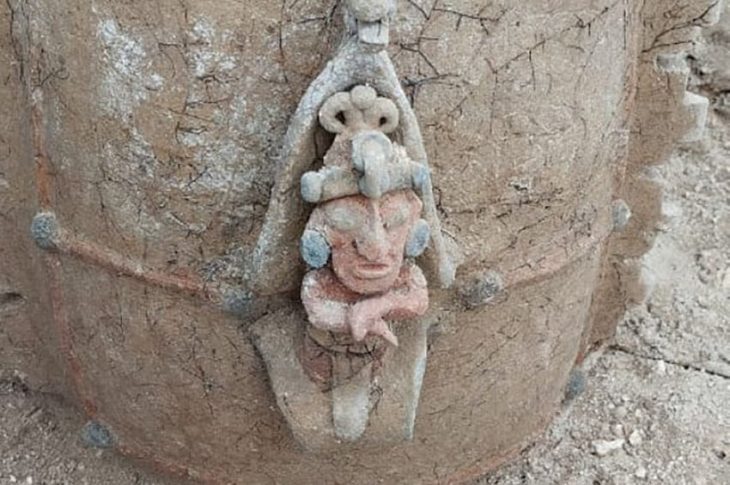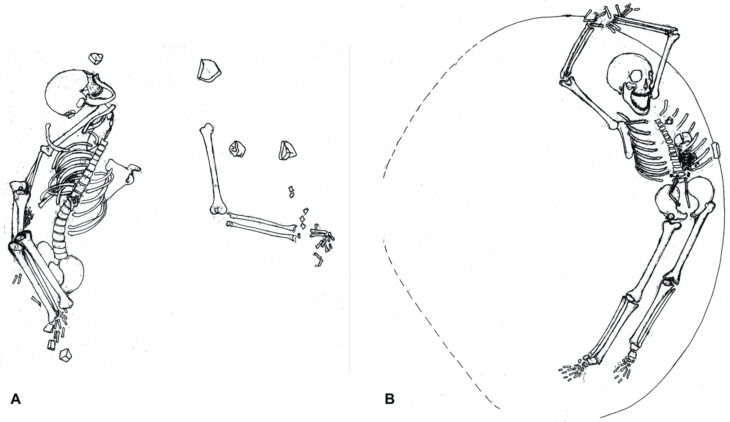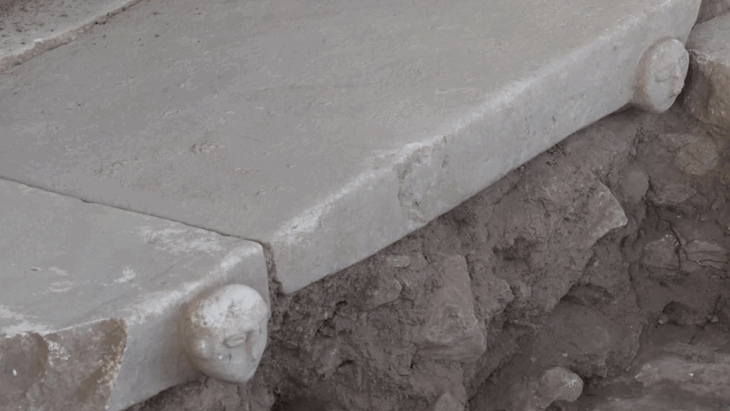Archaeological excavations in the ancient city of Magnesia, located in the western province of Aydın’s Germencik district, have uncovered the altar of the Temple of Magnesia Zeus, the replica of which is on display at the Pergamon Museum in Berlin.
Excavations in the ancient city of Magnesia in the Ortaklar neighborhood are being carried out under the presidency of Associate Professor Görkem Kökdemir from Ankara University’s Department of Archaeology.
As a result of the work that started two years ago, the remains of the Temple of Zeus, located in the area described as the “religious agora” in the ancient city, were unearthed.
During the work in the western part of the temple, the altar with a width of 3 meters 53 centimeters, a length of 5 meters 10 centimeters, and a height of 70 centimeters was found.
It is thought that the altar was used in sacrificial ceremonies in the cult of Zeus.
📣 Our WhatsApp channel is now LIVE! Stay up-to-date with the latest news and updates, just click here to follow us on WhatsApp and never miss a thing!!
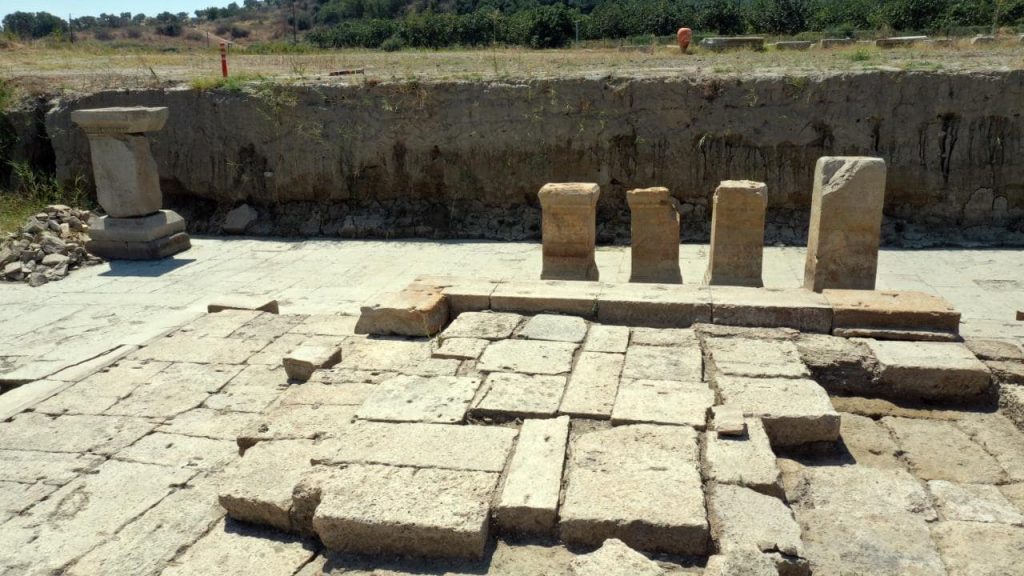
Görkem Kökdemir reminded the AA reporter in his statement, that nearly 600 architectural blocks belonging to the Temple of Zeus were taken out of the excavation area with their work.
Stating that they uncovered the floor of the temple this year with cleaning and excavation works, Kökdemir said:
“Now, starting from the ground level, we have started to work on raising the temple gradually. It’s a great pride, a great joy. We had truly envisioned and aimed for this, but seeing it come to fruition brings immense happiness.”
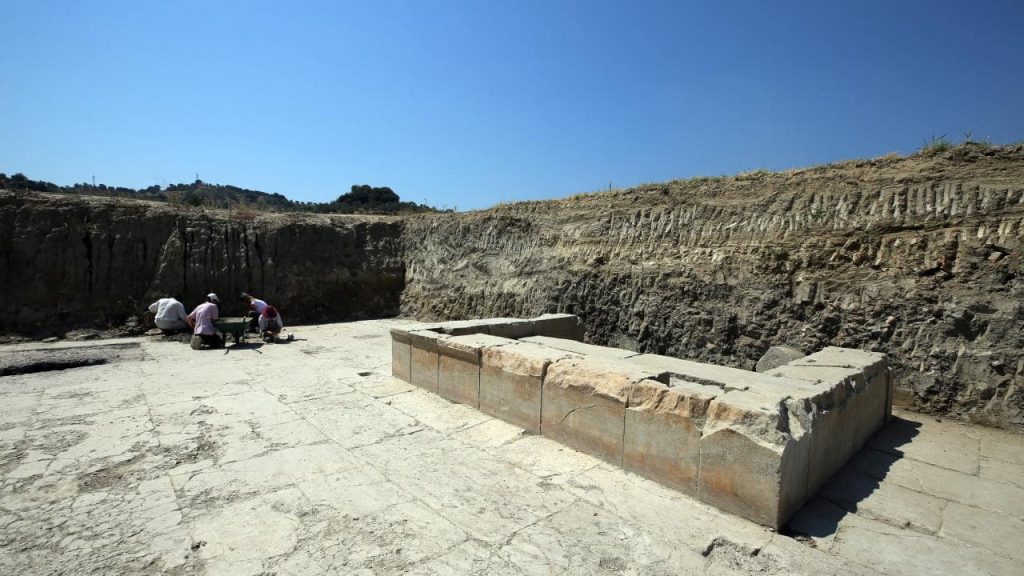
The Artemis sanctuary, stadium, and theater area have been unearthed so far in the ancient city, which was first excavated by German archaeologists before the Republican era. During the excavations, 80 statues and various items were found.
Emphasizing that they are working on one of the most important temples of Anatolia, Kökdemir made the following assessment:
“We have found about 80% of the original materials of the temple. In fact, this temple was excavated by Germans 100 years ago, and after the German excavations, about 10% of the temple’s architectural elements were taken to Germany, and 10% original material was displayed alongside 90% imitation material in the Pergamon Museum in Berlin. Now, in our restoration work, there will be around 90% original material and 10-20% imitation material, but this time, it will be in Aydın, in Germencik, in its original location where visitors can come and explore the temple.”
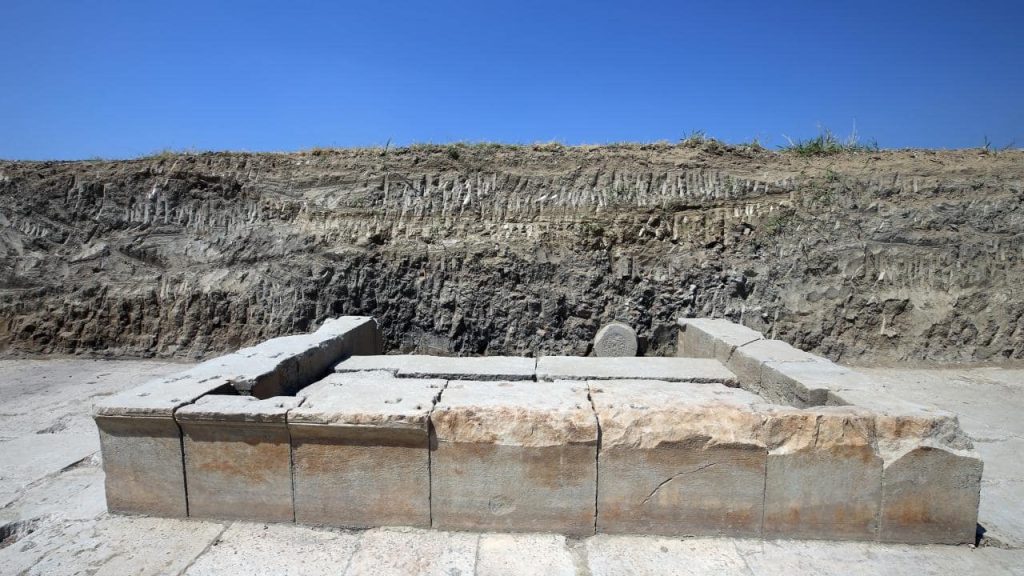
Kökdemir, while continuing the documentation efforts of the temple, also mentioned that they are continuing with the excavations. He stated, “As a significant result of this year, we have uncovered a previously unknown marble altar belonging to the temple. This was, of course, very important. It provided us with crucial information about the temple and the Zeus cult to which it was dedicated.”
Expressing their goal of restoring the temple, Kökdemir said, “We hope we can secure the necessary funding, and starting from next year, maybe even in 2025, we anticipate that we’ll be giving interviews in front of the temple, standing tall. That’s our second goal.”

